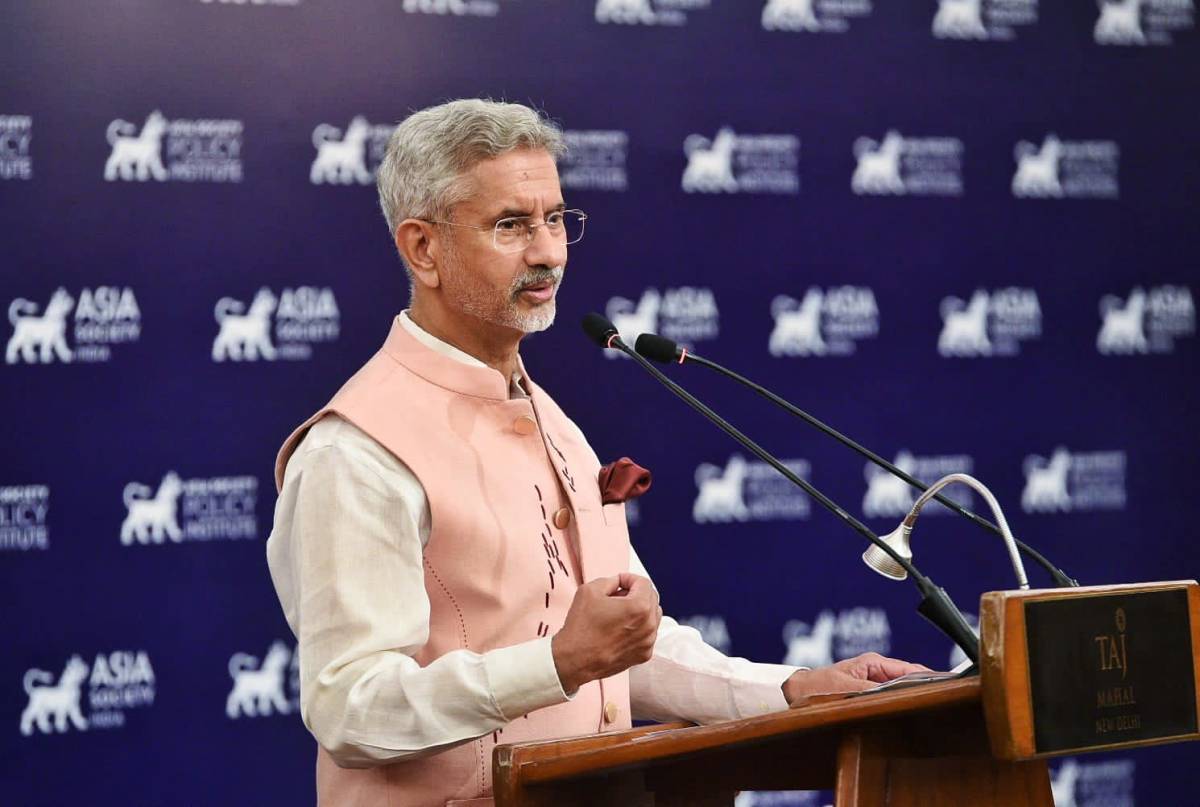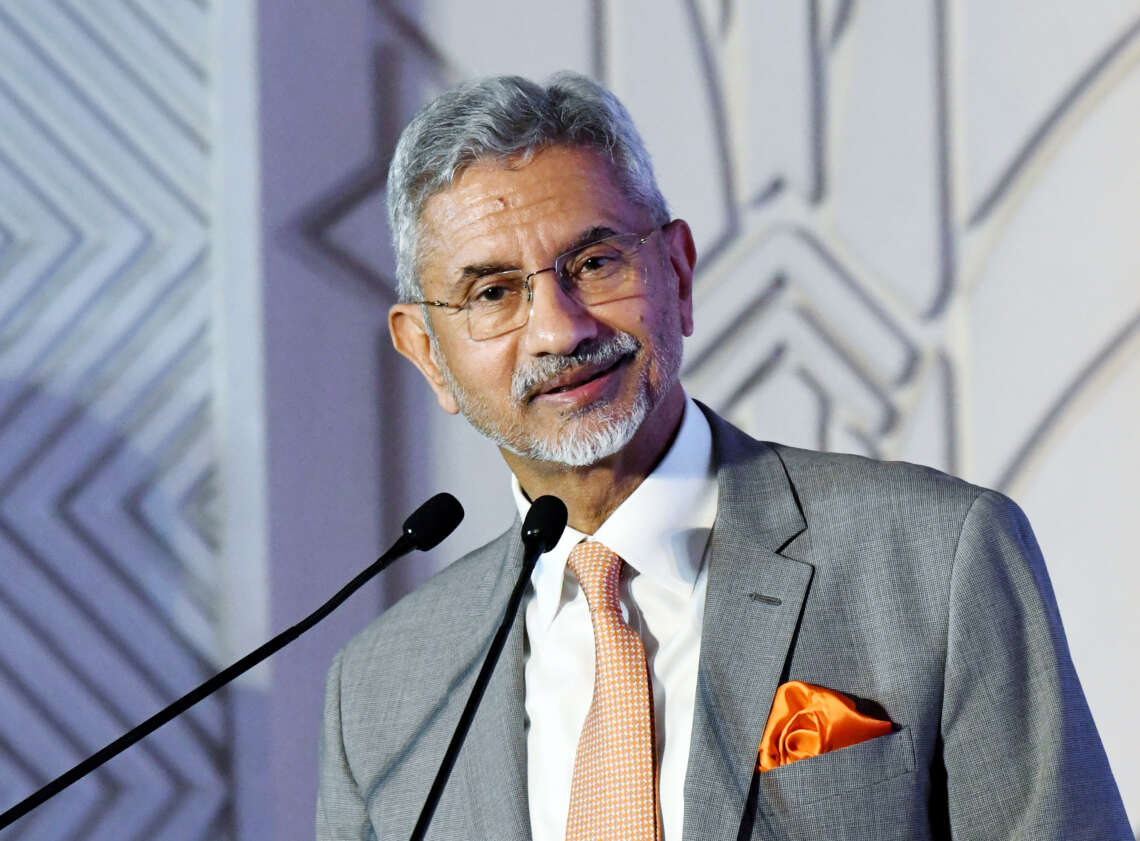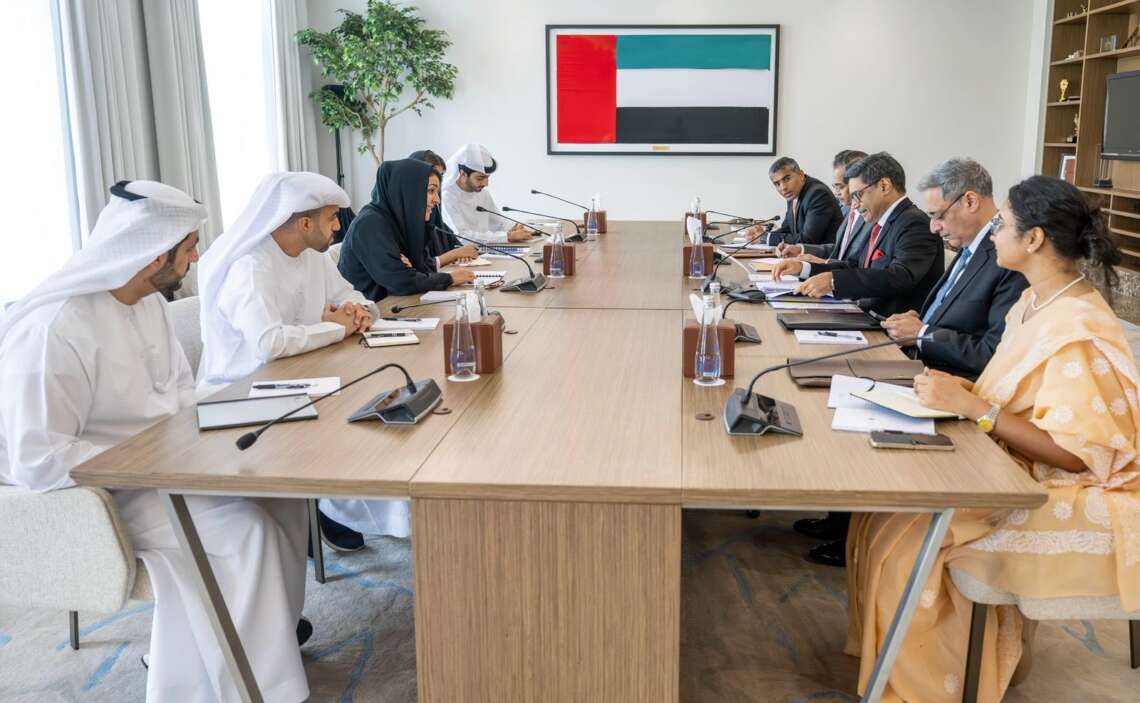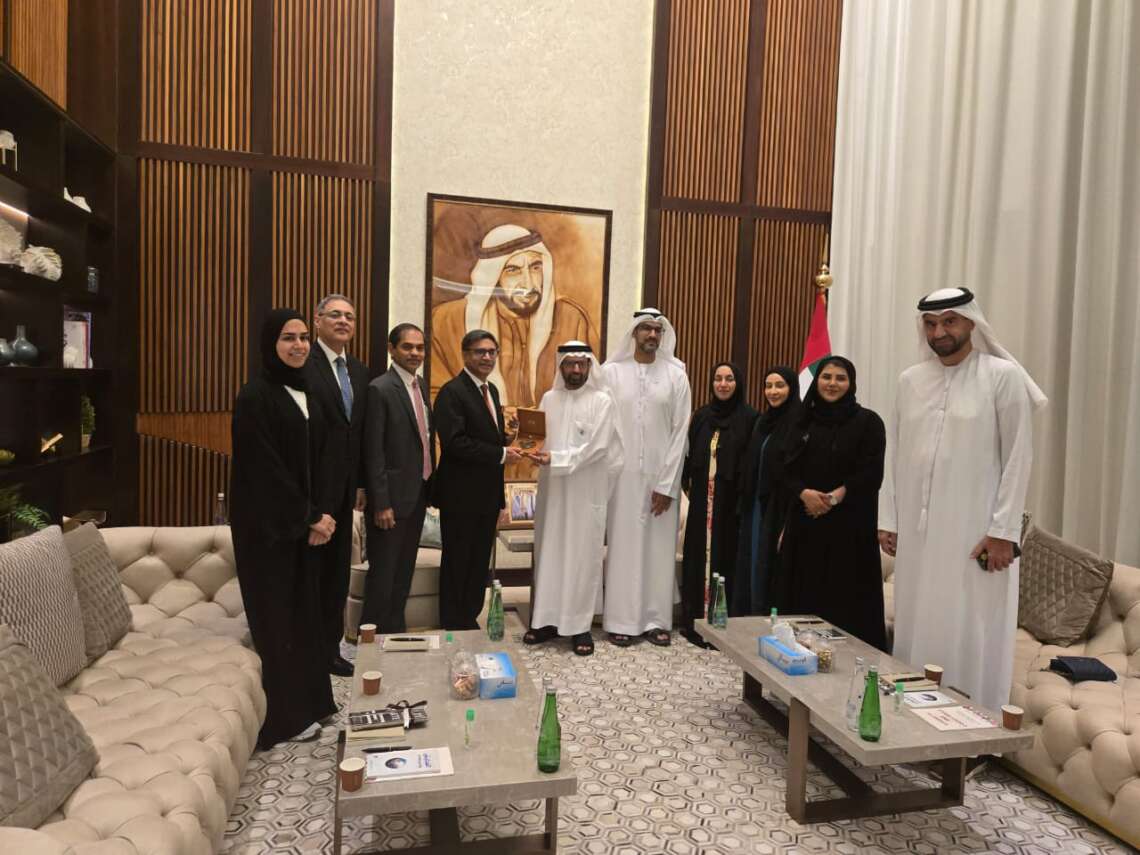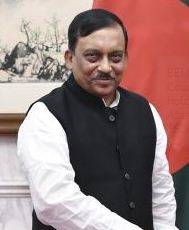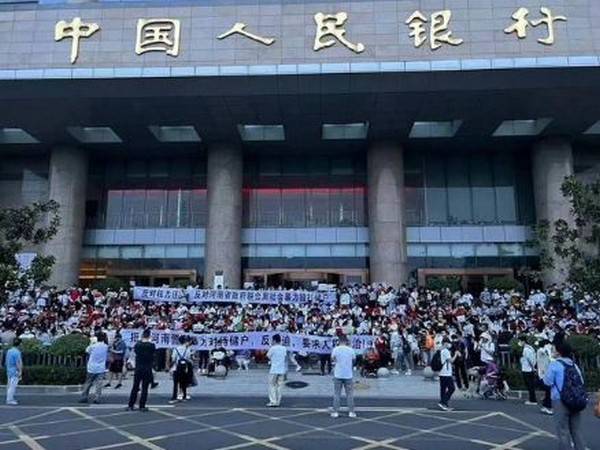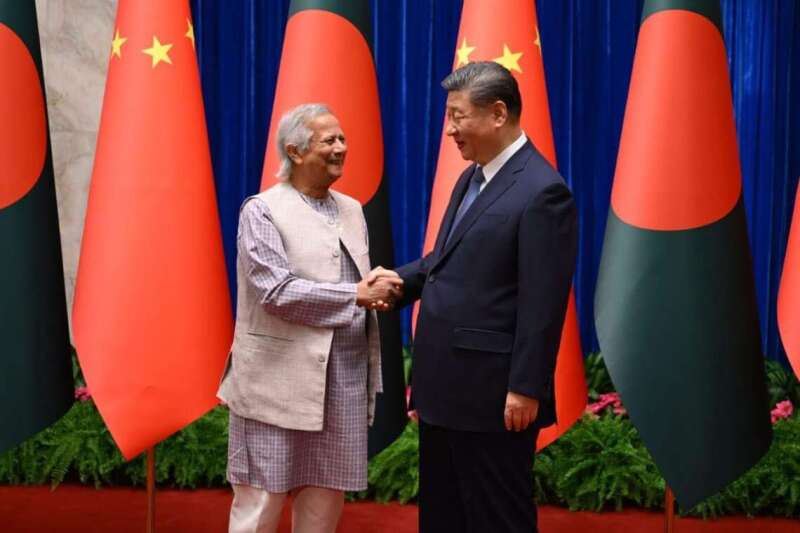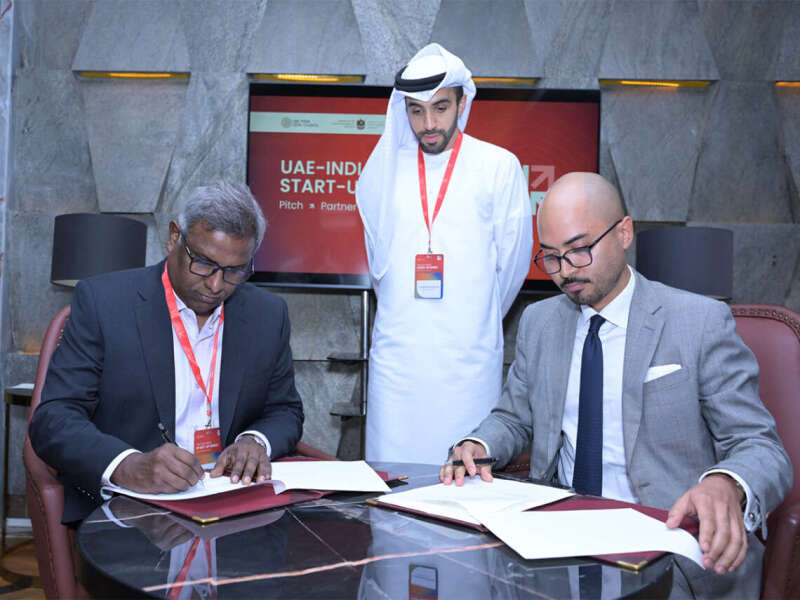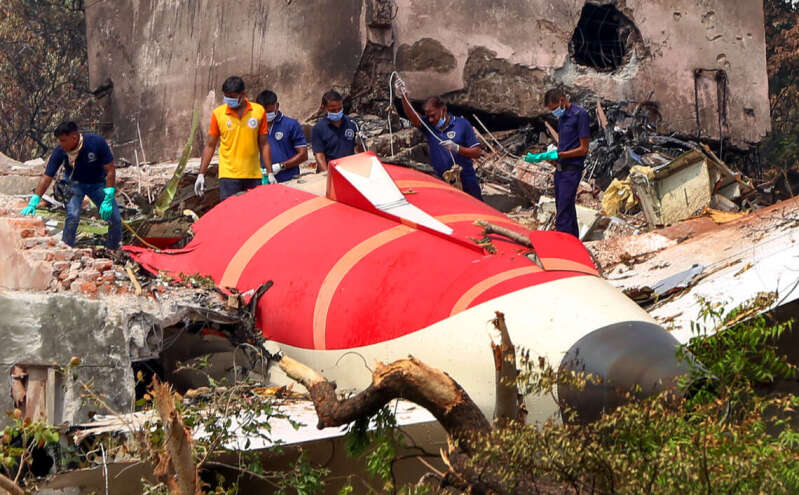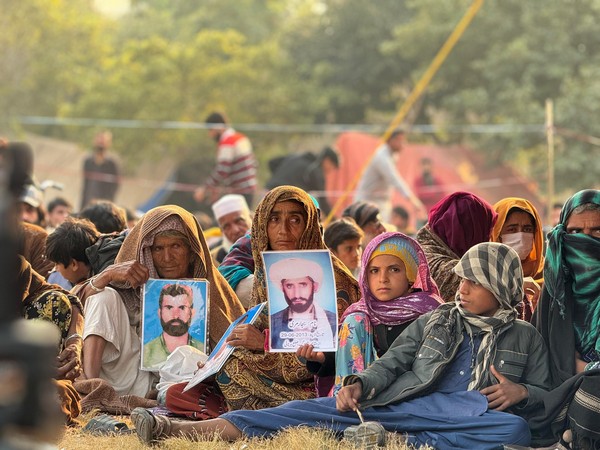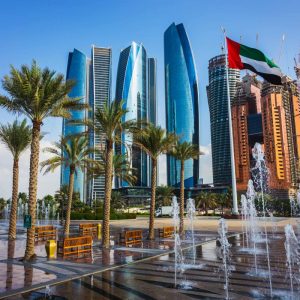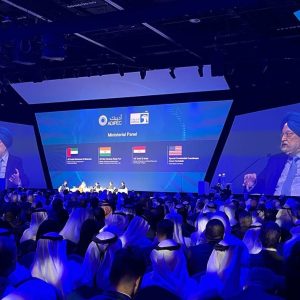There have been regular high-level interactions between India and the UAE in 2022. PM Narendra Modi paid visit to Abu Dhabi on June 28 this year and met UAE President Sheikh Mohamed bin Zayed Al Nahyan…reports Asian Lite News
External Affairs Minister S. Jaishankar will be visiting UAE from August 31 to co-chair the 14th India-UAE Joint Commission Meeting (JCM) and 3rd India-UAE Strategic Dialogue with his counterpart Sheikh Abdullah bin Zayed Al Nahyan.
“These meetings will provide an opportunity to both the Ministers to review the entire spectrum of comprehensive strategic partnership between India and UAE and regional and global developments. During the visit, EAM will also meet other UAE dignitaries,” said a statement from MEA.
There have been regular high-level interactions between India and the UAE in 2022. Prime Minister Narendra Modi paid visit to Abu Dhabi on June 28 this year and met UAE President Sheikh Mohamed bin Zayed Al Nahyan.
Earlier, both leaders had also held a Virtual Summit on February 18, during which India-UAE Comprehensive Economic Partnership Agreement (CEPA) was signed and a Vision Statement was adopted. Both leaders also participated in the I2U2 Summit held virtually on July 14.
The MEA said that both India and UAE are committed to moving forward in their partnership in diverse areas, including trade, investment, conventional and renewable energy, food security, health, skill development, education, culture, defence, space, consular issues and people-to-people ties.
These areas were also discussed at official levels during the meetings of the Sub-Committees of the JCM held on August 23-24, 2022.
The UAE, which is home to around 3.5 million Indian expatriates, is one of India’s key strategic partners in West Asia. Trilateral cooperation between India and the UAE, and other partners has grown following the signing of the Abraham Accords by Israel and the formation of I2U2 – the grouping comprising India, Israel, the UAE and the United States.
Jaishankar will also meet other dignitaries while in the UAE. There have been regular exchanges of high-level visits and other interactions between India and the UAE this year.

Prime Minister Narendra Modi visited Abu Dhabi on June 28 and met UAE President Sheikh Mohammed bin Zayed Al Nahyan. Both leaders also held a virtual summit on February 18, during which the India-UAE Comprehensive Economic Partnership Agreement (CEPA) was signed and a vision statement was adopted.
Trade gap widens
India’s trade gap with the United Arab Emirates ballooned fourfold in the May-June period, the first two months since the India-UAE free trade agreement came into effect, driven by a jump in oil and gold imports.
The country’s trade deficit with the UAE widened to $3.92 billion in the two-month period from $980 million the year earlier.
India, too, made gains, with its exports to the West Asian nation rising 17.5% to $5.4 billion. On the other hand, imports grew 67% to $9.3 billion in the period, mainly due to a spike in oil shipments in both volume and value terms amid soaring global prices.
However, unlike its imports, Indian exports mainly comprised value-added and finished goods such as textiles, gems and jewellery, machinery, footwear, and automobiles.
The widening trade gap is not a major concern as India largely imports raw materials from the UAE, said Arpita Mukherjee, a professor at ICRIER, an economic policy think tank.
“The growth in exports, post the trade agreement, shows that the trade accord is going to benefit exports. I am not very worried about imports. We have to import raw materials, intermediate goods and goods that are not produced in the country,” Mukherjee said.
Countries such as China, the US and India are scouring the world to secure raw materials and energy supplies to feed their industry and boost economic growth.
For example, China’s ambitious Belt and Road Initiative, or BRI, aims to develop multiple trade corridors to secure factory supply chains and energy.
In that context, the trade accord with the UAE, a key energy supplier and a significant market, may offer long-term benefits to India.
India’s gains in exports to the UAE were most visible in sectors where it gained duty-free access under the Comprehensive Economic Partnership Agreement (CEPA), which came into effect on 1 May.
While footwear exports surged 73% in May, gems and jewellery exports grew by 33%, tea, coffee, and spices rose by 50%, ready-made textiles by 42% and automobiles by 192%.
As a result, exporters expect India to sell $40 billion of goods to the UAE in the current fiscal year from $28 billion in FY22.
“The first month is very impressive despite the fact that many sectors are still preparing to exploit their potential. We should look for exports of $35-40 billion this fiscal year,” said Ajay Sahai, director general and chief executive of the Federation of Indian Export Organisations.
Pharma exports also reported a 52% growth. The pact provides that Indian pharmaceutical and medical products will get regulatory approval within 90 days of regulatory approval in developed jurisdictions such as the US, UK, European Union, Canada and Australia. Vegetable exports surged 147%.
For the first time, the pact has listed 17 agencies from the Indian side, besides the Export Inspection Council, to issue certificates of origin to exporters digitally. They include the Spices Board, Coir Board and Tobacco Board. This facilitates faster clearances and trade.
The pact has eliminated duties for 90% of India’s exports in value terms to the UAE, covering sectors including gems and jewellery, textiles, leather, and engineering goods.
A commerce department official said, “India-UAE CEPA has been brought into force only recently. It’s not advisable to draw any inference or conclusion about business direction or trends prematurely from one month’s data, although bilateral trade has been put on a high-growth trajectory through the India-UAE CEPA. Data from many months would be necessary for a meaningful analysis. Needless to say, both sides are expected to gain from different aspects of India-UAE CEPA over a period of time.”


